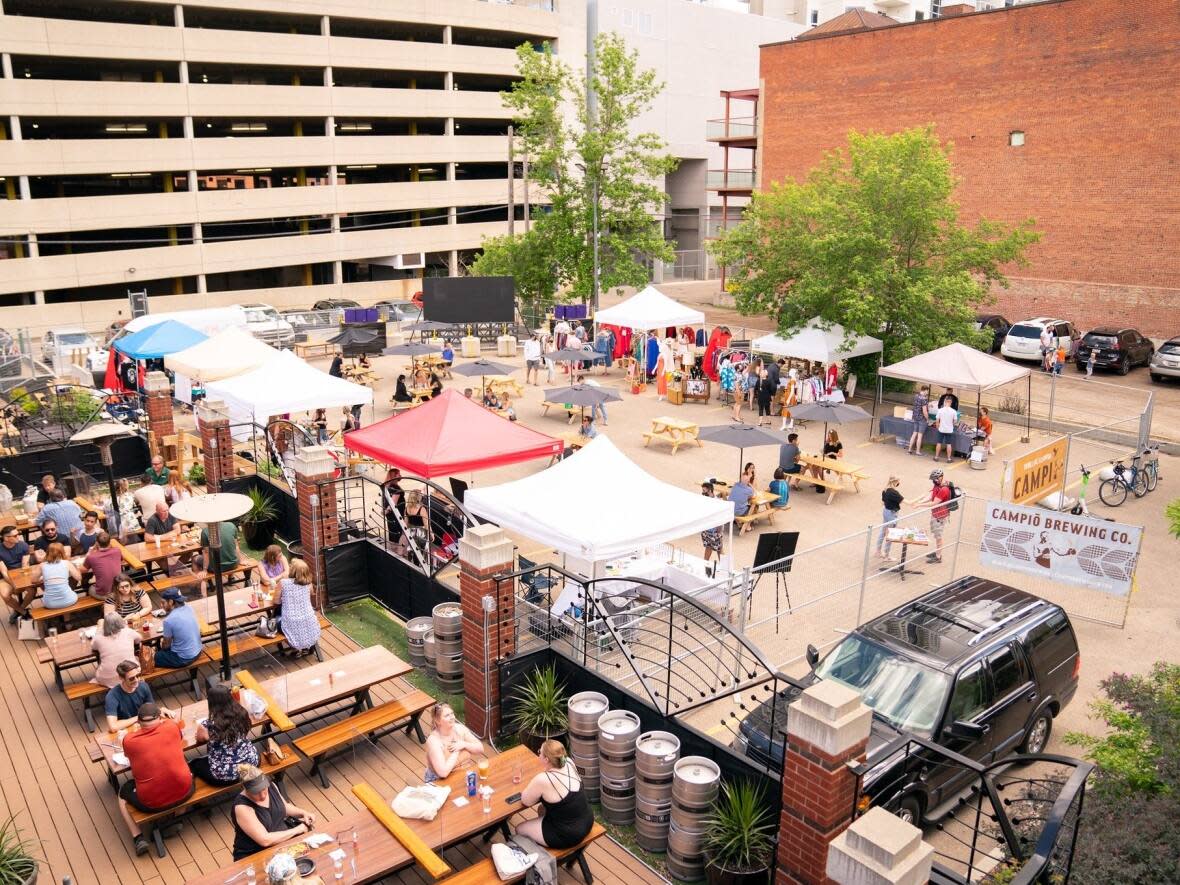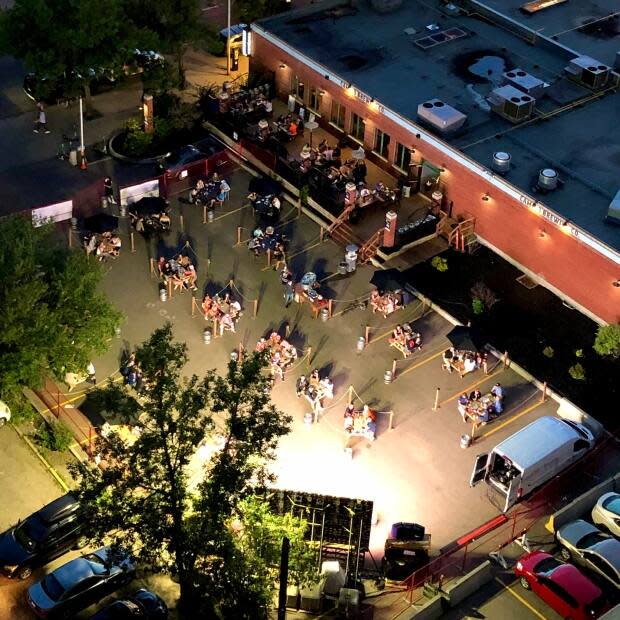Edmonton got rid of parking minimums 2 years ago. What has happened since then?

In June of 2020, Edmonton became the first major Canadian city to remove minimum parking requirements.
The change meant that instead of developers and businesses having to provide a specific number of parking spaces, they could decide how much to offer. (Accessible spots for people with disabilities continue to be required).
Ashley Salvador, who is now a city councillor but was working as an urban planner at the time, advocated for the change and now considers it a success.
"A fear that we heard often was, 'This policy change is going to cause havoc in our streets, there's going to be no parking, folks aren't going to be able to move around,' but that is absolutely not what we've seen," Salvador said.
According to the city and people who work in affected industries, dropping parking requirements hasn't led to dramatic change but has paved the way for minimal-parking developments and made it easier for homeowners and businesses to use parking-stall space for other purposes.
Large developments take years to be approved and get built, so the full effects of eliminating parking minimums have yet to be seen.
"Generally speaking, most developments have provided parking," said Courtney Bettin, a spokesperson for the City of Edmonton.
According to city data, more than 20,000 vehicle parking stalls were added in 2020 and 2021. About 5,400 bike stalls and 850 accessible stalls were added during the same period. Data for this year is not yet available.
Though lots of parking has been added to the city, removing minimums has allowed some developments to go ahead with minimal parking.
The 54-unit Westmount Supportive Housing project, for example, was approved with only 14 parking spaces.
Five years before the parking requirements were dropped, Ambrose Place, a 42-unit permanent supportive housing project, had to spend $1 million to build a 50-stall parkade.
According to the city's Making Space podcast, Ambrose Place reduced the number of housing units by 25 per cent to pay for the lot, which remains largely empty.
Street parking
Bettin said removing minimum parking requirements has aided development by removing the need for costly studies, creating more certainty for projects and eliminating permit delays.
Katie Warwa with Urbis Infill Homes said the change has also helped homeowners, who no longer have to build parking stalls to go along with their garden or garage suites.
Warwa said she often tells people that having more cars parked on the street can be safer for children and pedestrians.
"The more cars are parked on either side, the narrower the street, the slower the traffic is," she said.
Not everyone is excited about seeing on-street parking spots fill up, however.
This week, city council approved the Metro 78 development, a pair of 71-unit buildings on 78th Avenue between 114th and 115th streets. The project is close to the McKernan/Belgravia LRT station — the least-used station in the city — and includes almost no on-site parking.
The developer, Bryce Pinto, called Metro 78 an example of "smart density" during a public hearing last week.
Some nearby residents disagree.
"I would like the developers to provide parking underground," said Alaka Kembhavi, who lives on 77th Street.
She and other neighbours fear many apartment dwellers will own cars and park them on the street.
Roni Kraut said parking isn't the top concern of most neighbours, but a traffic assessment shows the development is expected to create an additional 304 car trips a day.
"The thing that really frustrates us is that we've asked the city to provide an analysis of what the implications will be to on-street parking and they haven't told us," Kraut said.
Parking lots to patios
Ray Burton, general manager at Campio Brewing Co., said he supports the policy change because it has given businesses more flexibility.
During the pandemic, Campio turned its 26-stall parking lot into a patio and beer garden. Initially a pandemic measure, the summer patio is now a permanent feature.

Burton said some people missed the free parking in the summer, but with a paid lot right behind the building and street stalls nearby, there was plenty of parking available.
'Nudging us in the right direction'
Salvador said projects like Metro 78 show the parking policy is succeeding, but there is still work to do, including determining a city-wide strategy for curbside parking.
"We have levers and policy tools like the removal of parking minimums, but at the same time, we need to be building more walkable, dense neighbourhoods where car ownership is an option, not a necessity," she said.
Marcel Huculak, a transportation engineer, said he sees change happening mostly in areas that have good public transit, walking and cycling options, but not yet in more suburban neighbourhoods.
He said the parking-free building where he lives, near Whyte Avenue, is full and most residents, himself included, don't own cars.
"It's nudging us in the right direction," he said.


